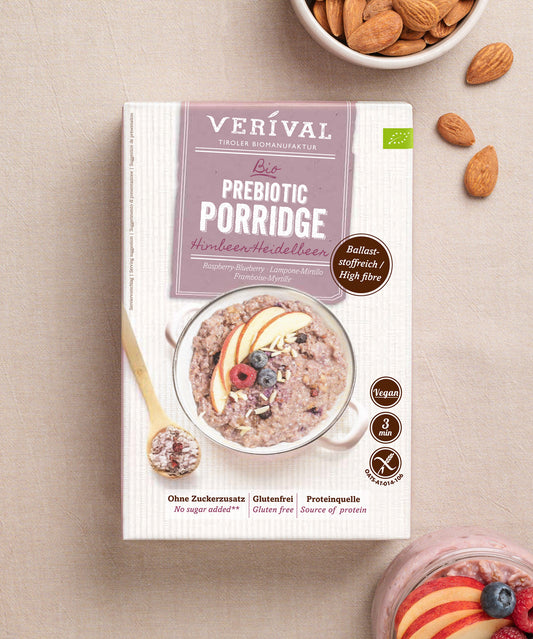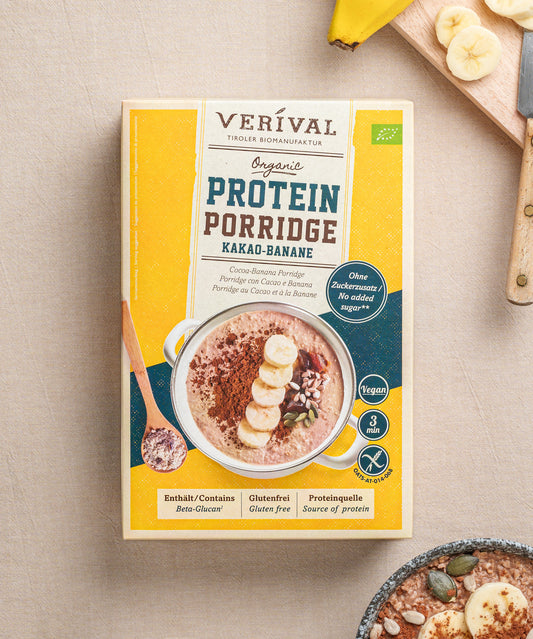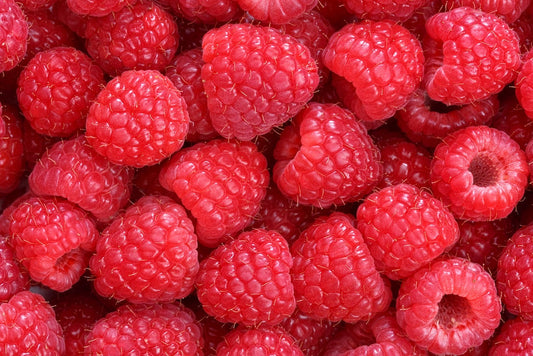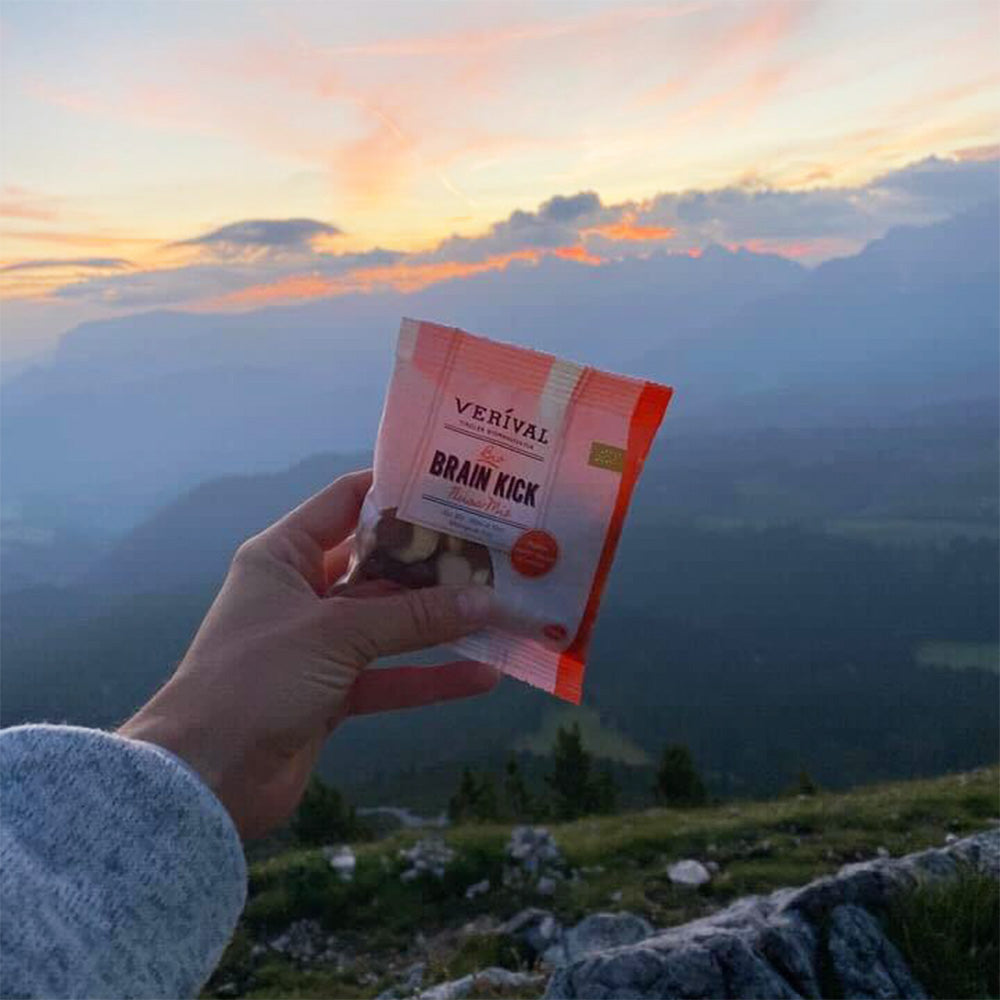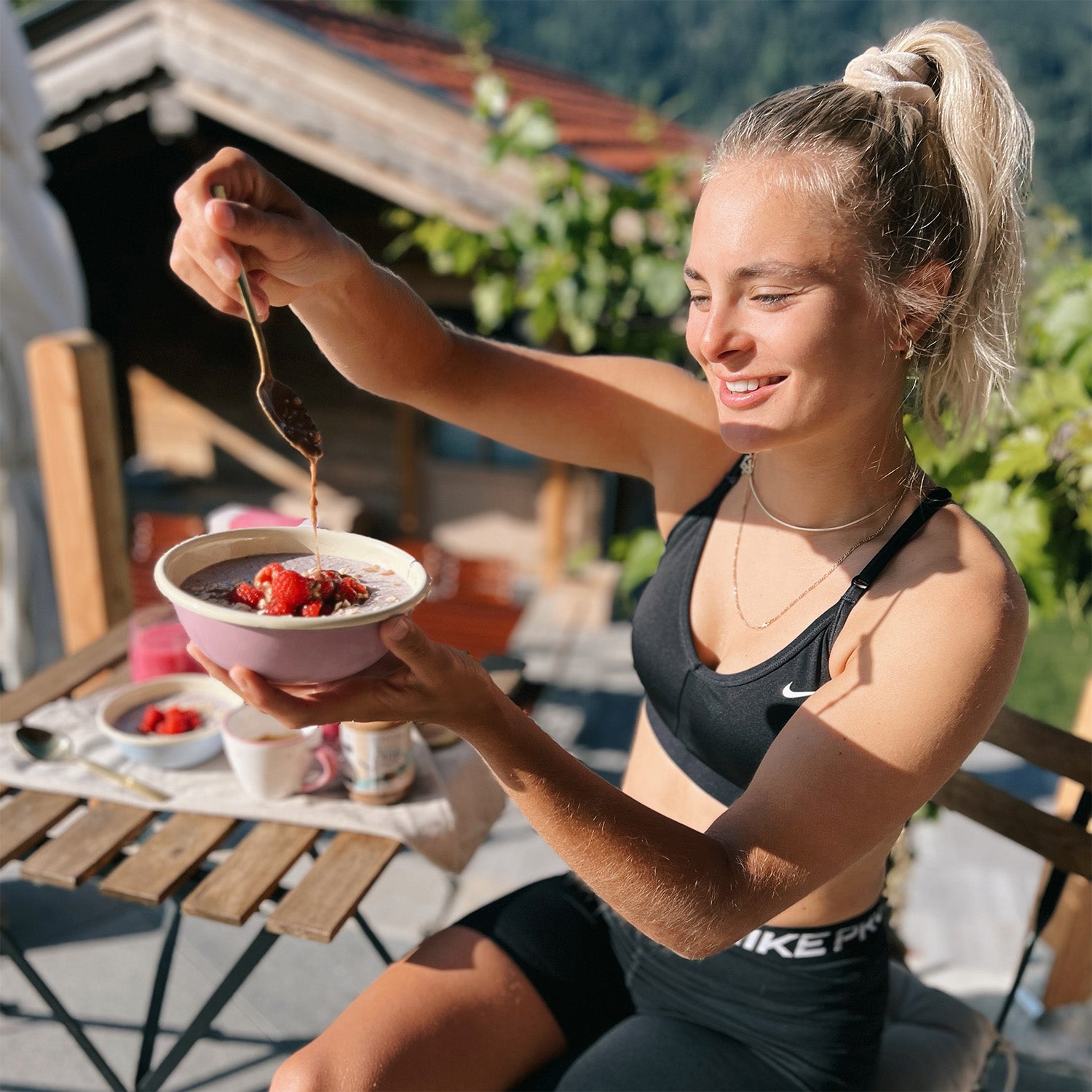Breakfast is the most important meal of the day for many people. Accordingly, the first meal of the day is often very substantial – but the feeling of hunger returns after a relatively short time.
This article will show you how to have a healthy and low-calorie breakfast without feeling hungry for hours afterwards. In this article, we will not only analyze what makes a healthy breakfast, but also explain how you can incorporate all the healthy components and still have a low-calorie breakfast.
This is how you calculate your ideal weight using BMI – find out more
Why it's worth having a low-calorie breakfast from time to time
There are a number of advantages to having a low-calorie breakfast from time to time. If your goal is to lose weight, reducing calories is naturally the way to go. But even if you're not trying to lose weight, you can still benefit from lower-calorie meals.
Breakfast is undoubtedly very important, but it can't hurt to cut down on calories a bit. This is because, especially early in the morning, your stomach is not yet fully operational, which is why food can literally lie in your stomach. To prevent this, there are two options.
On the one hand, you have the option of reducing the calories in your breakfast so as not to put too much strain on your body. On the other hand, you can choose breakfast options that don't put too much strain on your body, for example, because they are easy to digest. One example of this is warm oatmeal, also known as porridge, which is easy to digest due to the way it is prepared, yet keeps you full for a long time.
These foods boost your metabolism – discover them now
But to understand why some foods satisfy us better even though they are lower in calories, we have to look at the components that are responsible for this.
These components make up a healthy breakfast
The reason why we just can't get enough of some foods, while others satisfy us for longer, even in smaller quantities, is due to the nutrients. These can be subdivided into macronutrients and micronutrients.
Fats and carbohydrates – the economical energy suppliers
The macronutrients are the energy suppliers and together they form the calorie content of a product. The main sources of energy are fats and carbohydrates.
Fats are not only important as flavor carriers, but also fulfill a variety of important functions in the body. In addition to their function as the most economical energy supplier, they form a kind of protective layer for your organs, keep your body warm and are even a component of your cells. They also act as flavor carriers in your breakfast and keep you full for a long time due to their high energy content. However, you should make sure to consume fat only in moderation and mostly rely on healthy fats.
Carbohydrates, on the other hand, provide your body with plenty of comparatively quickly available energy. A distinction must be made here between long-chain and short-chain carbohydrates. Long-chain carbohydrates keep you full for longer because they cause your blood sugar level to rise only slowly.
The short-chain carbohydrates, on the other hand, are available more quickly – that is, they enter your bloodstream faster. This makes them an excellent quick energy source, but your blood sugar level drops just as quickly as it rises. And that leads to you feeling hungry again after just a short time.
| Short-chain carbohydrates | Long-chain carbohydrates |
| Sugary foods | Starch- and fiber-rich foods |
| Sweetened cereals, dairy products, sweet baked goods | Whole grains, oatmeal, quinoa |
Here you will find a delicious recipe for a filling breakfast with long-chain carbohydrates:
Proteins and micronutrients – the building blocks for a healthy body
In addition to fats and carbohydrates, there are also proteins. Although these are relatively inefficient as an energy source, they are essential for your body. This is because they consist of amino acids, which in turn are important building blocks for the body's structures, such as muscles. When included in your breakfast, they not only serve as vital building blocks for your body, but are also an excellent source of satisfaction.
In addition to macronutrients, there are also micronutrients. These are not necessarily known as satiety-inducing, but they fulfill a variety of functions in the body, which is why they are an important part of a healthy breakfast.
Another important component of every meal is fiber. They are found mostly in plant-based foods and ensure healthy intestinal flora and thus good digestion. In addition, they fill you up extremely well due to their swelling properties. That's why we've put together a list of our fiber-rich favorites, which, by the way, are perfect as a topping for your yogurt, porridge, or even cereal.
- (Whole grain) oats and oat bran
- Nuts: walnuts, almonds, cashews, etc.
- Seeds: flax, chia and psyllium husks
- pseudograins: quinoa, buckwheat, bulgur
How to have breakfast under 300 calories
In summary, a healthy, filling breakfast consists of the following components: healthy fats, long-chain carbohydrates, filling proteins, and plenty of micronutrients (vitamins and minerals).
We will now take a closer look at how you can incorporate all these components into your breakfast without going overboard.
Fats are the most energy-dense components of your meal. One gram of fat has a whopping nine calories. By comparison, carbohydrates and fats each have four kilocalories per gram.
That's how many calories porridge has – find out more.
This is how you make a low-calorie porridge
Let's assume that the goal is 300 calories for your breakfast. In this case, we'll use porridge as an example of a morning meal.
With this recipe, you're guaranteed to make a low-calorie porridge:
The base is usually oats. 50 grams of these contain around 170 calories. Of these, 27. 5 grams, or about 110 calories, come from carbohydrates (mostly long-chain carbohydrates). About 20 calories (5.2 grams) come from proteins and about 29 calories (3.2 grams) from fats. Oats are also an excellent source of minerals and contain a healthy amount of fiber .
Water is a suitable low-calorie liquid for boiling the porridge. This has no calories at all and still serves its purpose. What is still missing are healthy sources of micronutrients.
Berries, for example, are an excellent choice – not only are they full of healthy vitamins, but they also give your porridge a sweet flavor. In addition, they have an extremely low energy density – 100 grams of raspberries, for example, contain only 33 calories.
So, your porridge so far only has around 200 calories. To give your breakfast a unique flavor, you should top it with seeds or nuts. These ideally provide healthy fats, plenty of fiber for healthy digestion, and an extra portion of protein for strong muscles.
Chia seeds, for example, have a reputation as a superfood for a reason. Around ten grams is enough to top your porridge. This supposedly small portion already provides you with some protein and around three grams of fiber, yet only delivers about 30 calories.
So you can refine your porridge with few calories.
Either you leave it at around 230 calories, or you top up the remaining calories with ingredients of your choice. If you like your porridge with a chocolate flavor, for example, a little cocoa powder is recommended. It's best to mix this into your oat-and-water mixture right at the beginning so that it can develop its full flavor. Ten grams of highly de-oiled cocoa powder contains around 29 calories.
Nuts are another healthy and delicious option. They are rich in healthy fatty acids, contain plenty of high-quality proteins and also a variety of micronutrients. Almonds or cashews, for example, go extremely well with your breakfast porridge. However, nuts are very high in calories due to their high fat content, which is why in this case less is more 😉
As you can see, there are a variety of ways to make your breakfast full of flavor and yet low in calories. You can find inspiration in our recipes – some of which are already specially designed to be low in calories. You can of course use the others as inspiration and adapt them to your own preferences 😉
Do you know your daily calorie requirement? Use the free calorie calculator from Verival now.
Calorie calculator – calculate your calorie requirement now!





